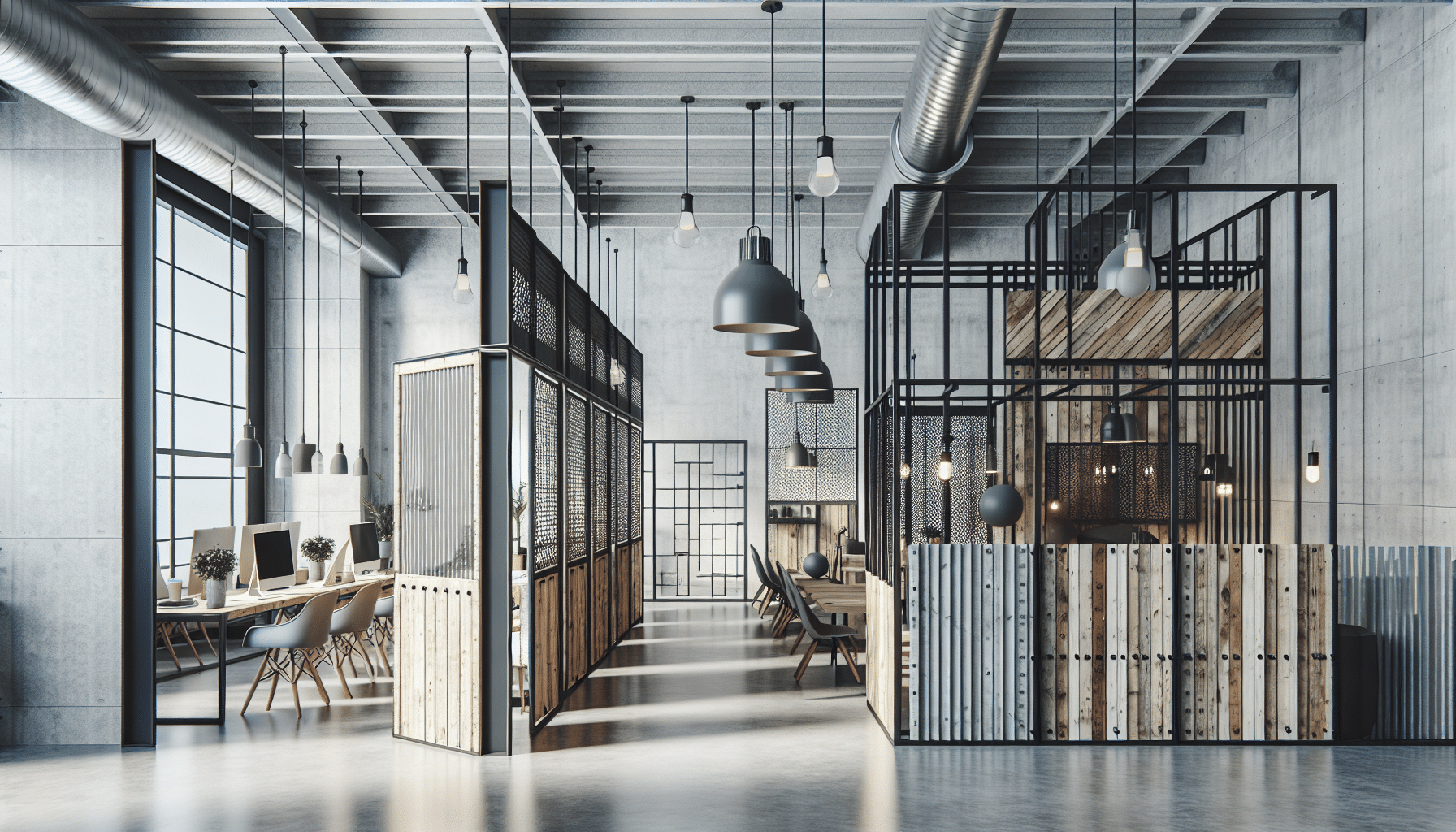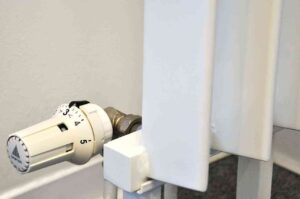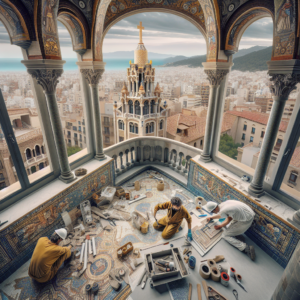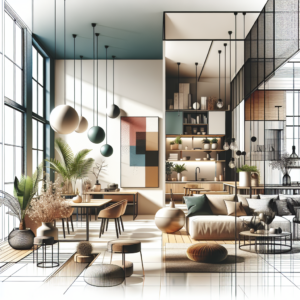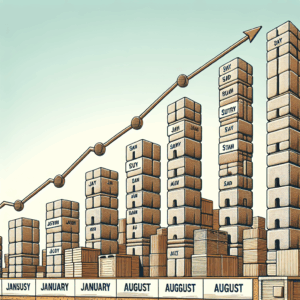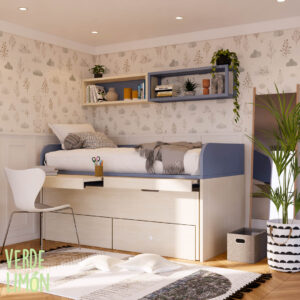In a world where aesthetics and functionality are becoming increasingly important in living spaces, industrial proposals for dividing spaces and maximizing interior design are taking center stage. These innovations not only respond to the need to create effective divisions between different areas of a home or office, but also add a contemporary touch that enhances the architectural vision of the spaces.
The trend towards open designs has dominated for years, promoting communication and brightness. However, the need for independent and multifunctional areas has led designers to explore solutions that combine both worlds. Among the most prominent proposals are movable partitions, which allow spaces to be reconfigured quickly and adaptively. These divisions, which can be made of glass, wood, or metal, not only offer privacy when needed, but also allow natural light to pass through, creating more welcoming environments.
Another alternative gaining ground is biophilia panels, which integrate plant elements into separations. This trend not only improves air quality, but also adds a touch of nature that counteracts the urban environment. By incorporating plants in the partitions, an impressive aesthetic effect can be achieved that invites tranquility and well-being.
The use of open shelving is also at the heart of modern industrial proposals. These structures not only serve to organize and display objects, but also act as visual separators that define areas in the same space. With various finishes and styles, from minimalist to rustic, they adapt to different preferences and needs.
Furthermore, multifunctional furniture has gained strength as a versatile solution for dividing spaces. Extensible tables, sofa beds, and folding desks are just some of the options that allow for maximizing space usage without sacrificing style. These elements are particularly valued in small apartments, where every square meter counts.
Industrial designers are also focusing on the use of colors and textures to define spaces within the same environment. Paintings, decorative panels, and differentiated floors can make a difference and guide the perception of space, providing an effective and aesthetic solution.
In conclusion, industrial proposals for dividing spaces are revolutionizing interior design, offering ingenious solutions that maximize functionality and style at the same time. With a focus on adaptability and well-being, these new concepts not only transform living spaces, but also reflect a new way of understanding everyday life. As these trends continue to evolve, we are likely to see even more innovation in the way we live and work in our environments.
Source: MiMub in Spanish

